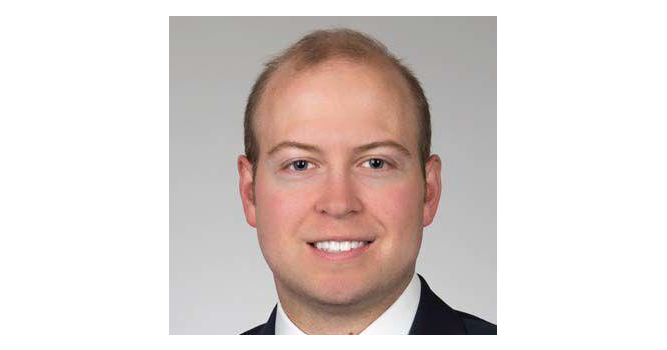Through the Mind’s Eye: Dr. Sobash’s Pioneering Research in Neurological Vision
Through the Mind’s Eye: Dr. Sobash’s Pioneering Research in Neurological Vision
Blog Article
Dr. Philip Sobash Charleston SC has appeared as a leading determine in the region of neurological vision science, together with his pioneering study lighting the complicated functions of how the brain techniques visible information. His groundbreaking reports are transforming our comprehension of visible belief and its neurological underpinnings, giving new sides on how we see and interpret the world.
Mapping Neural Pathways
Dr. Sobash's perform focuses on the complicated neural pathways involved in aesthetic running, as soon as gentle enters a person's eye to the final interpretation in the brain. Using sophisticated imaging methods and computational models, he trails how visual data is secured, sent, and decoded within the brain's visible cortex. This comprehensive mapping has provided unprecedented ideas into the neural mechanisms that underlie our visual experiences, enabling experts to identify how various regions of the brain lead to our perception.
The Energy of Neural Plasticity
One of Dr. Sobash's key contributions is his exploration of the brain's ability to adapt to visual stimuli, a sensation referred to as neural plasticity. His reports demonstrate how the brain's visible pathways may reorganize and regulate in a reaction to improvements in visible insight or damage. This finding has profound implications for establishing treatments for visual impairments and neurological problems that affect view, such as for example amblyopia and visual agnosia. By harnessing the brain's natural convenience of change, Dr. Sobash is paving the way for revolutionary rehabilitation strategies.
Integrating Perspective and Cognition
Furthermore, Dr. Sobash's study goes to the conversation between visible belief and cognitive processes. His work stresses which our visual experiences are not just passive receptions of outside stimuli but are definitely shaped by cognitive factors such as for example attention, storage, and expectation. This integrated view of vision promotes our knowledge of how the mind interprets sensory input, revealing the difficulties of how exactly we see and react to the world around us.
Modern Technologies in Aesthetic Research
Dr. Sobash has already been at the lead of establishing new technologies to enhance visible understanding and analyze visible disorders. By integrating neuroimaging with virtual reality (VR) and increased truth (AR), his study generates modern methods that imitate and analyze various visual scenarios. These systems not merely improve our knowledge of visible running but also offer sensible applications in creating rehabilitative programs for people with aesthetic impairments, creating therapy more interesting and effective.
Linking Research and AI
Yet another substantial facet of Dr. Sobash's work is their possible to influence synthetic intelligence (AI) and equipment learning. His research on the brain's visible control pathways shows the growth of AI techniques that simulate individual vision. That cross-disciplinary application of neurological ideas is resulting in more advanced and instinctive systems, with implications for from autonomous cars to superior picture acceptance systems.

Conclusion
Dr. Philip Sobash Charleston SC's exploration of the mind's attention shows a remarkable step forward in neurological perspective science. His impressive research is redefining our understanding of visual notion and its main neural processes. By connecting the space between basic technology and realistic programs, Dr. Sobash is paving the way for new solutions, technologies, and insights that can somewhat increase both our knowledge and connection with vision.
Report this page